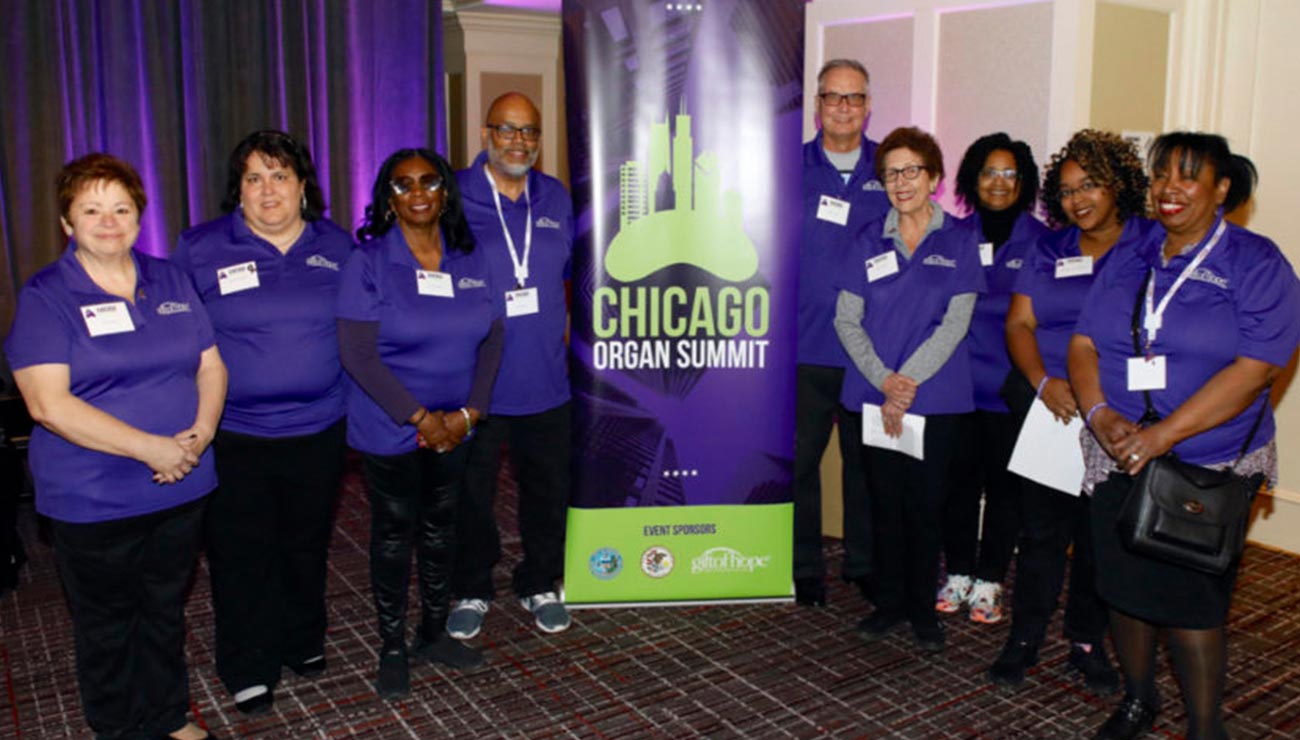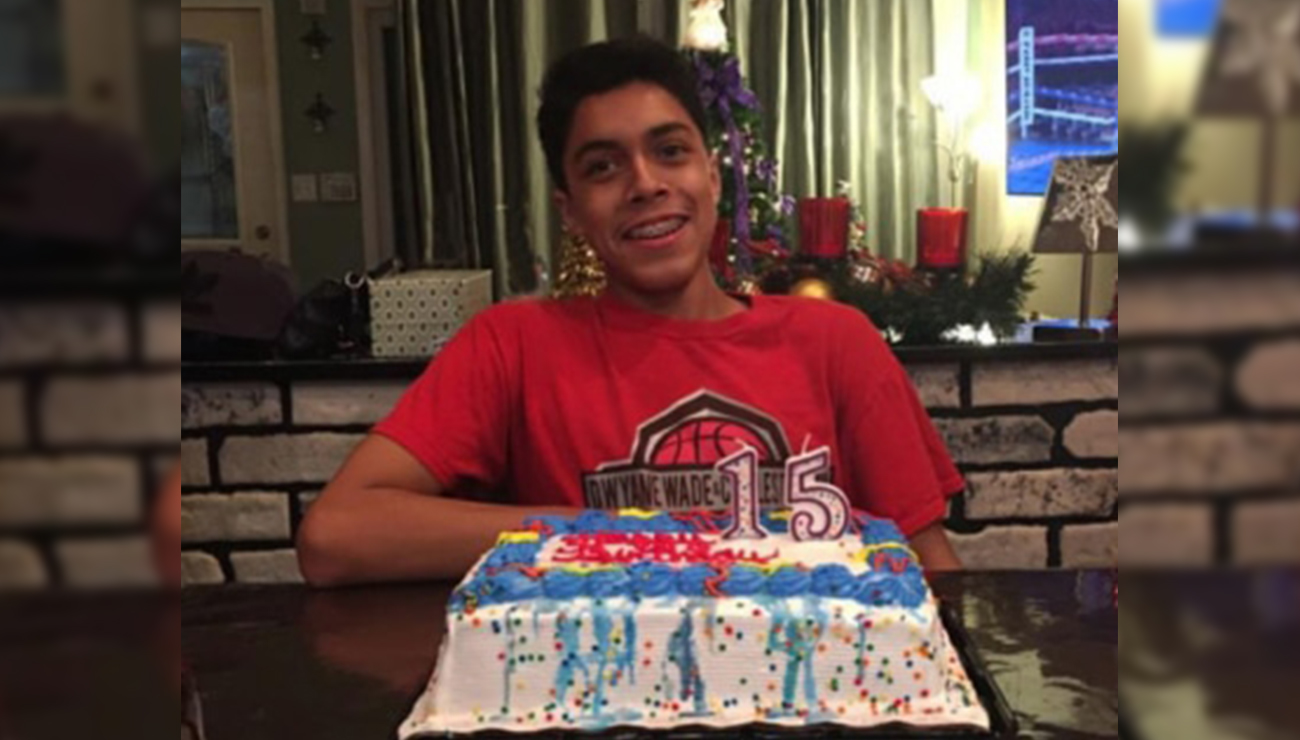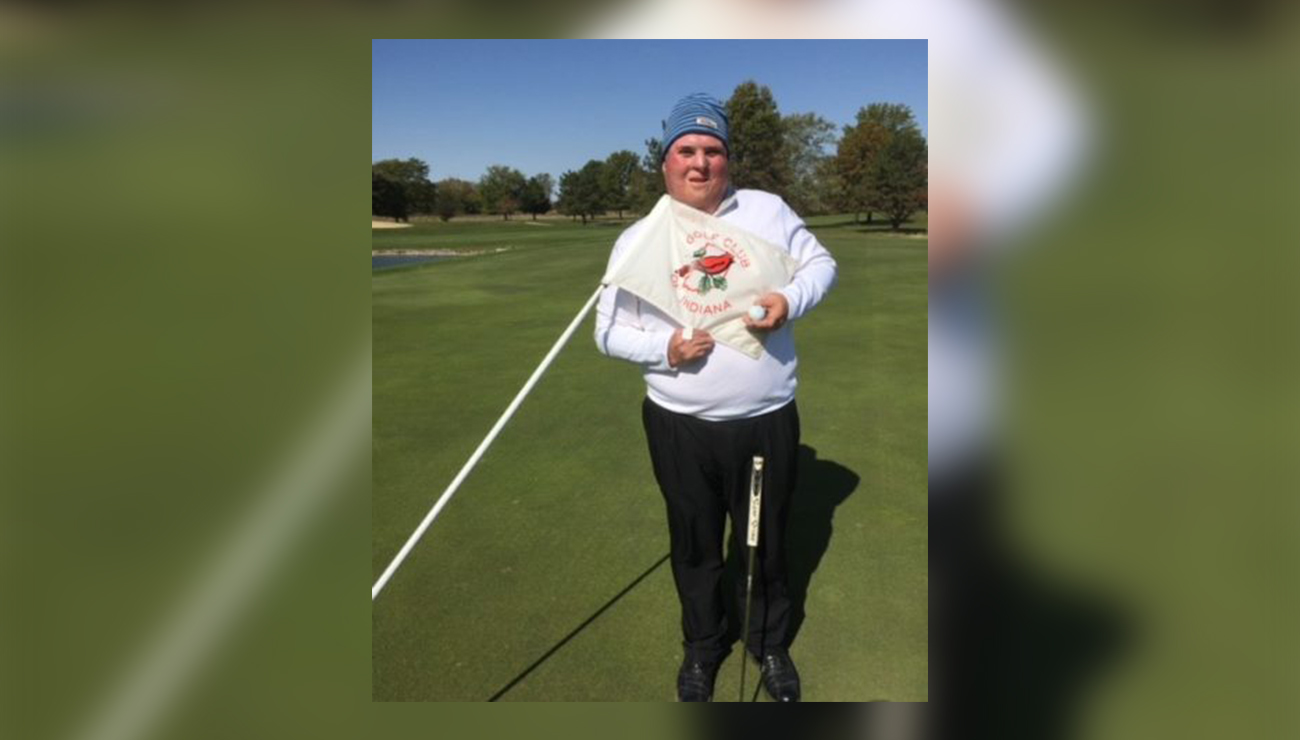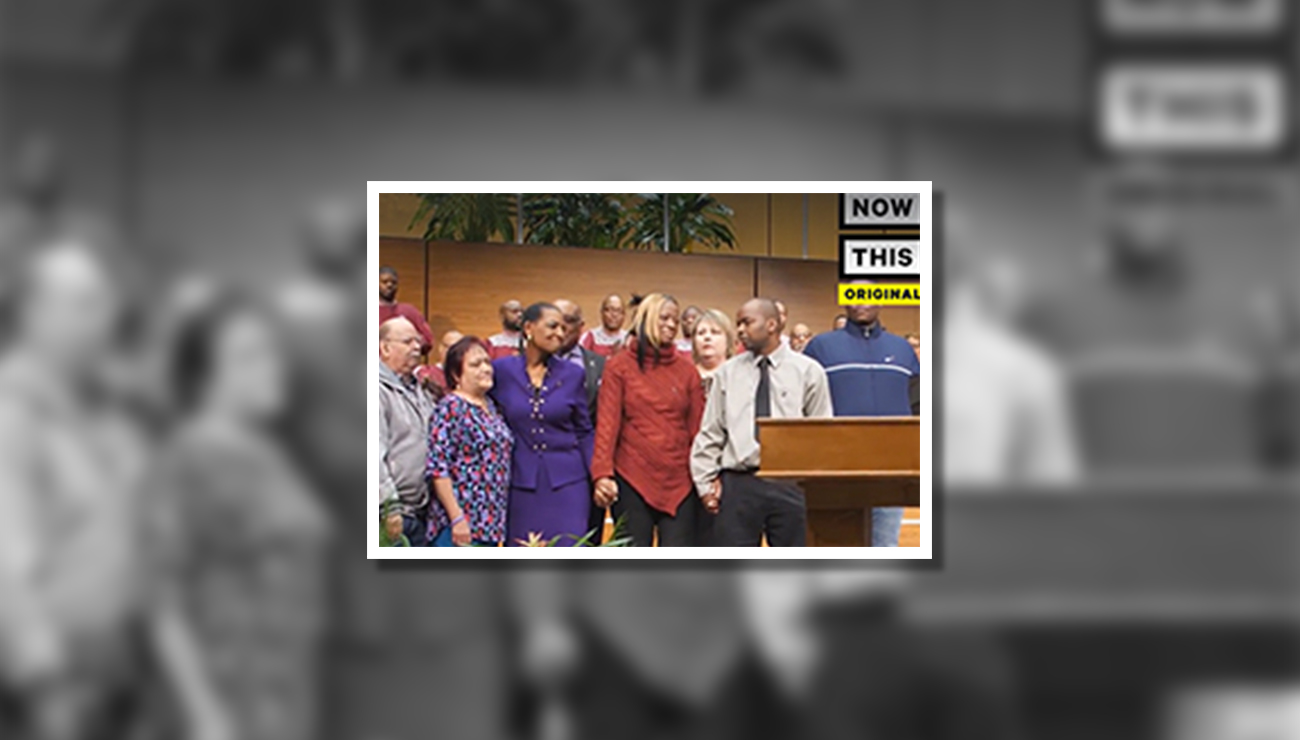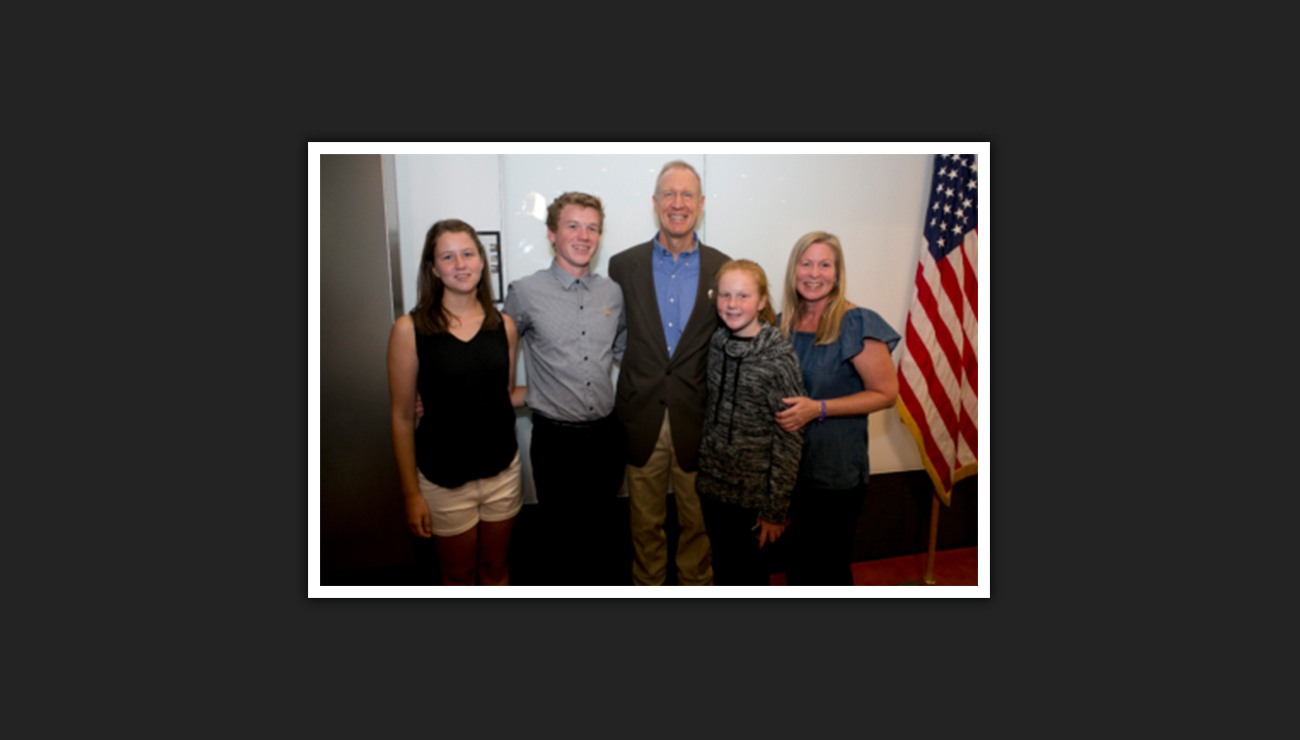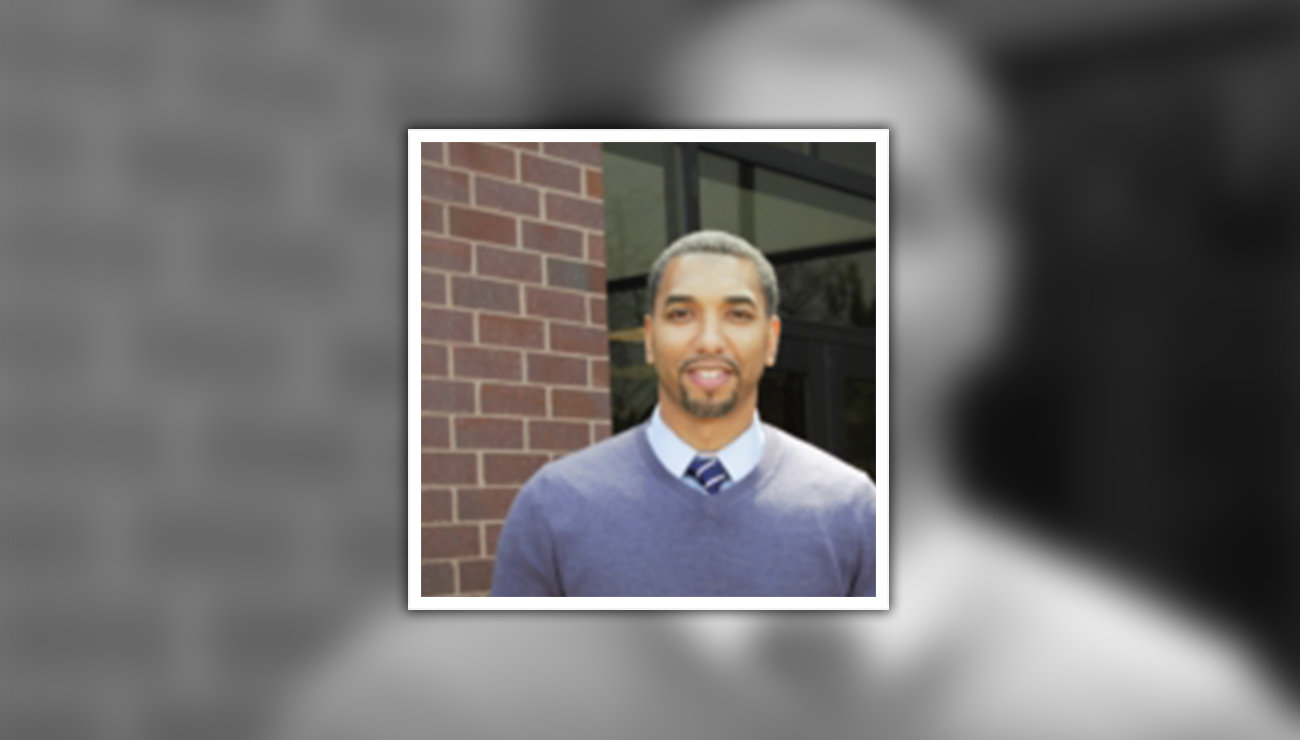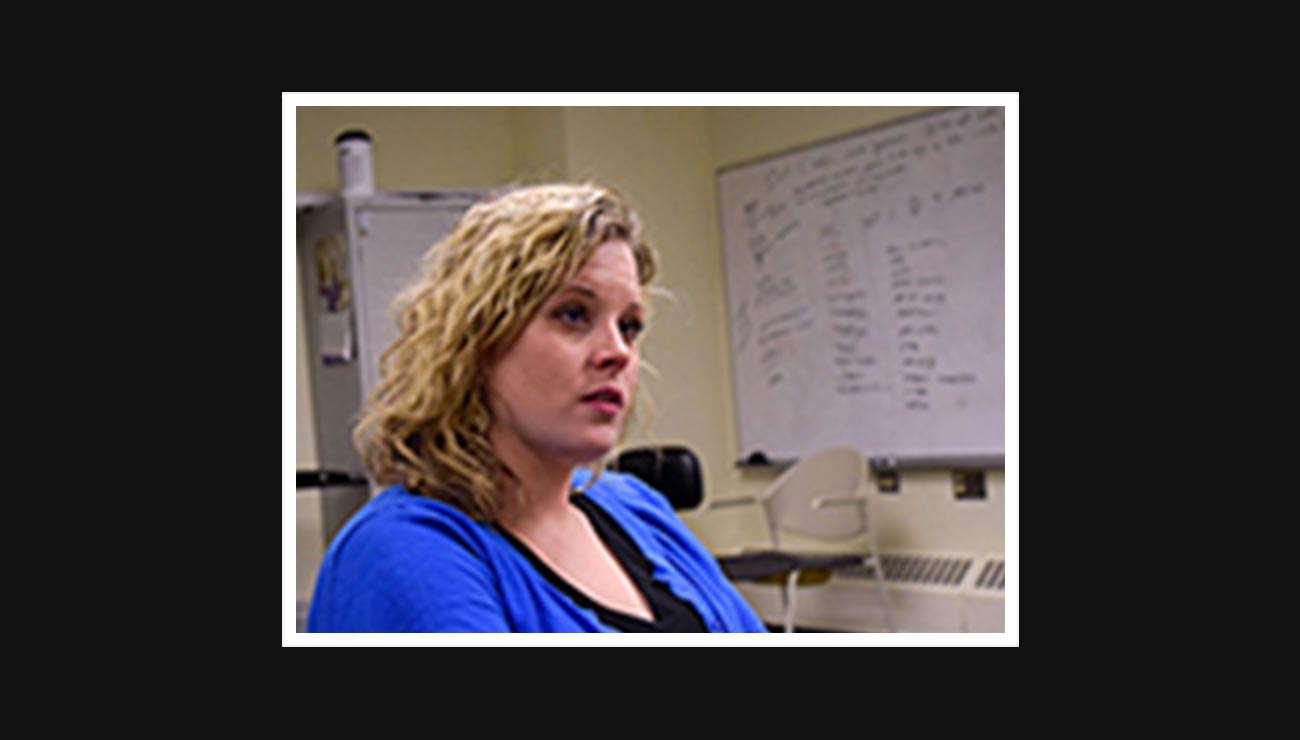Every day people experience life-altering medical improvements through tissue transplants from organ and tissue donors. Al Higginbotham was on a hunting trip when a tree branch fell on him and crushed five vertebrae in his spine. He was told that he would be confined to a wheelchair, never to walk again. He underwent a bone transplant using donated bone, and a year later, he was able to walk with only the assistance of a cane. Rachel Askew was born with a congenital heart defect that she was told would eventually become fatal if it was not repaired. When she was 18, she underwent a valve transplant from a donor that repaired her heart allowing her to look forward to a long life. These are just two of the many lives that were changed through tissue transplants. Although there is a focus on the life-saving donation of organs, tissue donations are also needed to address the needs of burn victims, wounded soldiers and thousands of others. One tissue donor can enhance the lives of more than 25 people. To read more stories about how tissue donations can change lives, visit https://www.lifenethealth.org/live/stories-hope
Which tissues can be donated?
Skin
Transplanted skin from donors is used to replace damaged skin for a variety of conditions. The most frequent use is for burn victims. There is never enough tissue to address the need, however, it is estimated that about 500,000 people could have their healing time shortened each year if more donated tissues were available.
Bone
Tumors, accidents, and infection can destroy bones and lead to amputation. However, in many cases, the limbs can be saved with bone transplants that replace the damaged bones.
Eyes
Thousands of people with failing vision are given the gift of sight through the whole eye and cornea transplants.
Soft Tissues
Many soft tissues including tendons and ligaments are used to repair and restore function in a variety of life-changing medical procedures.
Heart valves and cardiovascular tissues
When a heart can’t be used for an organ transplant, it may be used to replace or repair valves and to address other heart issues.
The Donation Process
One tissue donor can potentially change the lives of up to 25 people. Unlike organ donations, tissues can be recovered for up to 24 hours after a person’s death. Before any tissues are removed, a medical evaluation is completed to determine if the donor’s tissues are eligible for use in transplants. Tissues can be processed and stored for a longer period of time than organs. Care is always taken during the recovery of tissues to preserve the body for the funeral. The recovery process can also be done in a timely manner so there is no delay in funeral arrangements.
Become someone’s hero
Tissue and organ donors change lives. A tissue and organ donor may restore sight to a blind child with a cornea transplant. A tissue and organ donor may help a wounded soldier walk again through a bone transplant. Becoming a tissue and organ donor is a powerful way to offer hope to the more than 113,000 people on the transplant list. Gift of Hope was founded to facilitate organ and tissue donation.
The federally designated not-for-profit agency has coordinated organ and tissue donation in the northern three-quarters of Illinois and northwest Indiana since founded in 1986. The organization has helped arrange 23,000 organ transplants and continues to work with 180 hospitals that serve 12 million people in an effort to save even more lives. Join them in their effort to change and save lives by becoming a tissue and organ donor today.
To register your decision as an organ & tissue donor visit https://www.giftofhope.org/join-the-registry.








